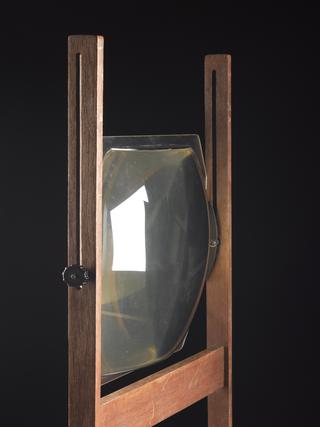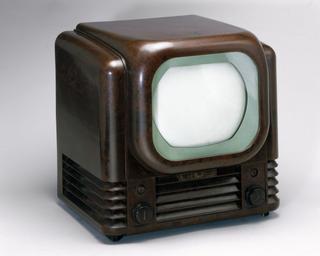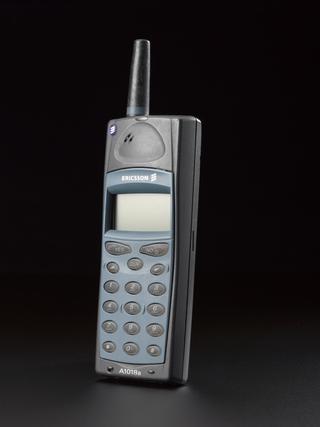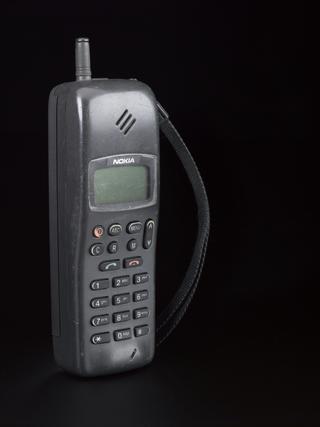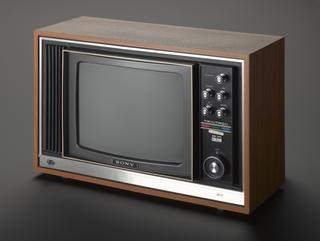
Hughes microphone detector, 1865-1875
- maker:
- David Edward Hughes




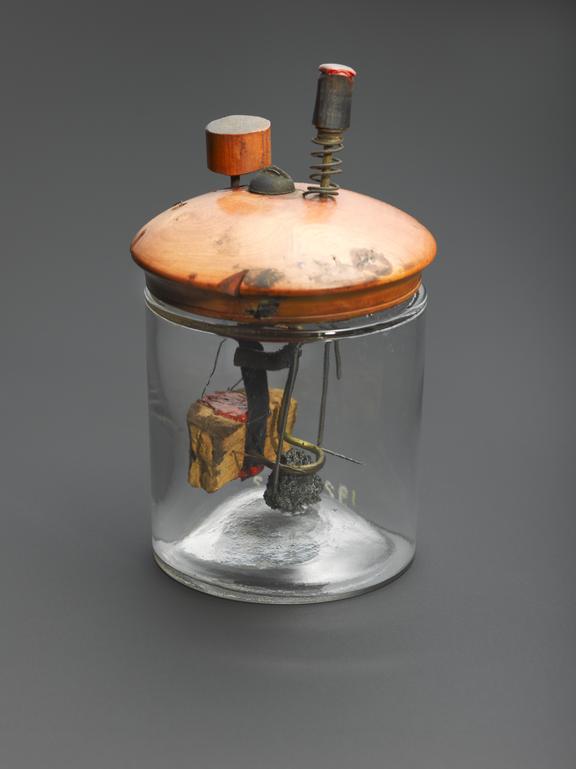

Hughes microphone detector, probably made by David Edward Hughes, London, England, 1865-1875.
In 1879 David Edward Hughes (1829/31-1900) was carrying out some experiments with his induction balance. He found that if a circuit was formed by joining up in series a battery, a microphone and one of the coils of his balance, any interruption of the circuit was accompanied by a disturbance which became audible in a telephone receiver connected to another microphone, even when the circuits were widely separated and there was no direct connection between them. It is now known that Hughes had unwittingly discovered electromagnetic radiation, but scientific friends considered the results were due to electromagnetic induction. Discouraged, Hughes did not publish his discoveries and the credit went to Heinrich Hertz some seven years later. This is one of the microphones used by Hughes for trying to hear the electromagnetic radiation created by his interruptor circuit. As an imperfect-contact device with the contact between dissimilar materials it acted as a rectifying detector, similar to those employed in crystal receiving sets of the 1920s.
Details
- Category:
- Radio Communication
- Object Number:
- 1922-222
- Materials:
- glass, box (wood), cork, brass (copper, zinc alloy), steel (metal), copper (metal), sealing wax and carbon
- Measurements:
-
overall: 105 mm 60 mm diameter, .1kg
- type:
- microphone
- credit:
- Executors of the late Anna C. Hughes
